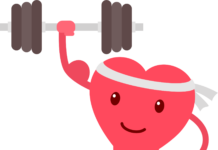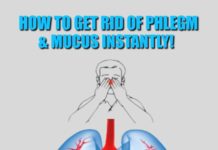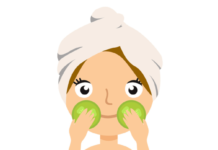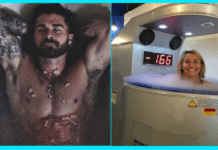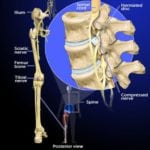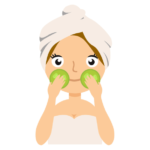Some of us are aware of the benefits of sunshine. According to Australian researchers, measured doses of sunlight could reduce asthma. The team studied the effects of ultraviolet light on symptoms such as inflamed airways and lungs. Fifteen to 30 minutes of ultraviolet light exposure prior to allergen exposure significantly reduced asthma-like symptoms.
The UV exposure caused the mice to produce a type of cell that can be transferred into other mice before they have been sensitized to an allergen, and will prevent the development of symptoms in the new mice. The researchers believe this means that sunlight can suppress specific immune reactions, and they are working to better understand the mechanism. They expect that their study of asthma and ultraviolet light will take several years to complete.
The number of reports surfacing just in the past two years about the benefits of daily sunshine — that helps your body naturally generate vitamin D– have been so truly amazing, it probably shouldn’t be any surprise measured doses may naturally reduce the development of asthma symptoms. In fact, sunlight can also help prevent:
As the days get shorter in the Northern Hemisphere, getting your daily dose of sunshine can be problematic at best. If you live in a wintry area like I do that prevents you from getting lots of sun as temperatures dip, I would take oral vitamin D — in the form of a high-quality cod liver oil — and have your blood levels checked regularly. Cod liver oil will also help you get omega-3 fats into your diet, which is another method of fighting asthma. You might want to view my video from last month that helps clarify the difference between cod liver, fish and krill oils. In fact, sunshine is merely one of many natural tools at your disposal to help eliminate asthma, reducing the need to take a toxic drug that may kill you. Getting a course of allergy skin tests can be very helpful, especially if you do the sensitive one. There are specialized and effective type of allergy work called provocation neutralization. It has been far more effective than traditional testing and there are several hundred physicians across the country who use this technique. Other treatments worth considering include:
|





